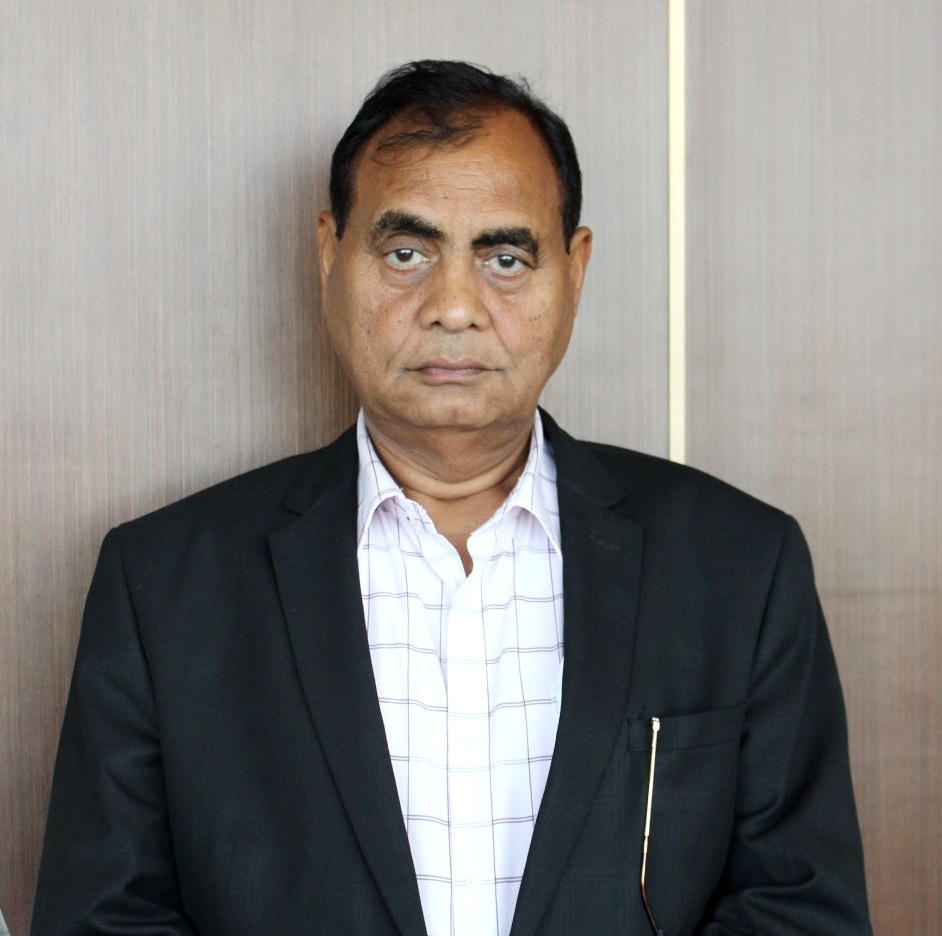 Elderly care has remained a rather under-discussed issue in South Asian societies. However, the rise in elderly population accompanied with societal shifts and a surge in abandoned, destitute, and financially challenged elders has highlighted the urgency of this pressing matter. In this article, Dr. G.P. Bhagat, Founder of SHEOWS, sheds light how old-age homes need to evolve in response to the evolving needs of this growing demographic.
Elderly care has remained a rather under-discussed issue in South Asian societies. However, the rise in elderly population accompanied with societal shifts and a surge in abandoned, destitute, and financially challenged elders has highlighted the urgency of this pressing matter. In this article, Dr. G.P. Bhagat, Founder of SHEOWS, sheds light how old-age homes need to evolve in response to the evolving needs of this growing demographic.
Established in 2003, SHEOWS in Gautampuri, New Delhi, stands as a compassionate haven for overlooked seniors. Focused exclusively on destitute and abandoned individuals, SHEOWS provides free services, notably specializing in Dementia and Alzheimer's care. Old-age homes, once perceived as places for the elderly to spend their final years, are now vibrant communities offering comprehensive care. SHEOWS, along with similar organizations across India, has introduced holistic well-being programs encompassing healthcare, community building, financial support, emotional rehabilitation, and recreational activities.
As the aging population burgeons, the demand for innovative elderly care approaches intensifies. Dr. Bhagat emphasizes the need for increased government funding, awareness of elder abuse, and community initiatives to promote healthy aging. In conclusion, the article delves into the transformative journey of old-age homes, particularly SHEOWS, and their mission to redefine aging through cutting-edge well-being programs. Dr. Bhagat's pioneering efforts underline the vital role these initiatives play in providing a fulfilling and dignified life for the elderly.
Article begins.
As the elderly population continues to increase, it becomes increasingly important to address the needs and well-being of this growing demographic. Aging brings a new set of challenges, and traditional approaches to caring for older adults are no longer sufficient. In recent years, there has been a shift towards innovative and holistic approaches to aging, particularly in the realm of old-age homes. Societal and cultural changes like nuclear families, urbanisation, etc. coupled with destitute elders, financially challenged elders, and elders without children or extended family members have led to an increasing need for old age homes. The old age homes across India are introducing cutting-edge well-being programs that are designed to promote physical, mental, and social health. These innovative approaches aim to support the physical, mental, and emotional health of older adults.
Traditionally, old age homes have been seen as institutions where seniors go to live out their final years. However, with the growing demand for higher quality services and a desire for a better quality of life, old age homes are now evolving into places that offer a wide range of programs and activities to promote overall well-being. Cutting-edge well-being programs are being designed to promote physical, mental, and social well-being in older adults. These programs are often based on the latest research in gerontology and incorporate a variety of evidence-based practices.
Some of the popular cutting-edge well-being programs include:
1. Comprehensive Care: Old-age homes across India offer abandoned elders comprehensive care, addressing their physical, emotional, and psychological needs. A team of healthcare professionals ensures that residents receive regular medical check-ups, medication management, and specialised care tailored to individual requirements.
2. Community and Companionship: Recognising the importance of social connections, old-age homes promote a sense of belongingness among its residents. Through engaging activities, group dining, and communal spaces, elders have the opportunity to build friendships and find solace in the companionship of their peers.
3. Financial Support: Old-age homes are aware that there might be financial challenges faced by abandoned elders and strive to alleviate this burden. These organisations collaborate with donors, sponsors, and government agencies to secure funding for residents; basic needs, ensuring that financial constraints do not hinder their well-being.
4. Emotional Rehabilitation: The teams working at old-age homes recognise the emotional distress experienced by abandoned elders and provide counselling and emotional support. Through therapeutic interventions and personalised care plans, residents are encouraged to rediscover their sense of purpose and find joy in their daily lives.
5. Recreational and Therapeutic Activities: Old-age homes incorporate recreational and therapeutic activities into the daily lives of elderly residents. These activities are designed to enhance physical health, cognitive function, and emotional resilience. Whether through arts and crafts, music, or gentle exercises, residents have opportunities to stay active and engaged.
6. Nutritious Meal Provision: Recognising the importance of proper nutrition for the well-being of abandoned elders, old-age homes ensure the provision of nutritious meals. The organisations collaborate with nutritionists to design balanced and wholesome menus, catering to the dietary needs of elderly residents. Access to nourishing meals not only supports physical health but also contributes to overall vitality and quality of life for seniors.
By embracing these well-being programs, old age homes are re-defining the concept of aging. They are no longer viewed as places of isolation, but as vibrant communities where the elderly can thrive and live fulfilling lives.
Primary benefits of these well-being programs for elderly people
These innovative programs have an excellent impact on the elderly population. They not only enjoy the process but encourage their fellow residents to forget about challenges and live happily. Cutting-edge well-being programs help to improve physical strength, balance, and coordination. They can also help to reduce the risk of chronic diseases such as heart disease, stroke, and diabetes, cognitive function and memory. These programs help older adults stay connected with friends and family and make new friends, reducing social isolation and loneliness. These programs primarily aim to provide the elderly with a holistic and enriching experience during their twilight years.
In addition to the innovative approaches being taken by old age homes, there are a number of other things that can be done to promote the well-being of older adults in India:
- The Indian government needs to increase funding for elderly care programs. This will help to ensure that all older people have access to quality care, regardless of their income level.
- Elder abuse is a serious problem in India. We need to raise awareness of this issue and develop effective prevention programs.
- We need to promote healthy aging by encouraging senior citizens to eat healthy, exercise regularly, and get regular checkups.
- Younger generations need to create communities that are welcoming and supportive of older adults. This includes making sure that there are accessible transportation options, safe places to exercise, and opportunities for social interaction.
As the population continues to age, the demand for innovative approaches to elderly care will only grow. Old-age homes that are able to provide cutting-edge well-being programs will be well-positioned to meet this demand. With the introduction of such programs, these facilities are now promoting active and healthy aging. With the use of technology, alternative therapies, and personalised care, these programs are helping to address the physical, mental, and emotional needs of the older generation, ultimately leading to a better quality of life in their later years. As society continues to age, it is essential that we continue to invest in innovative approaches to aging, and old age homes are leading the way in this important endeavour.



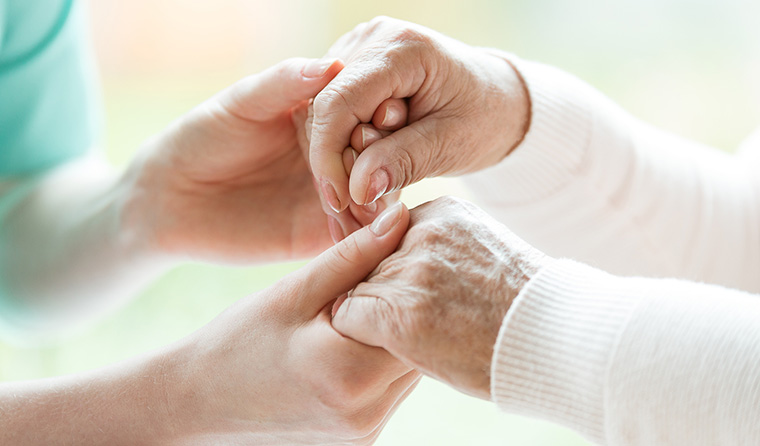
 Elderly care has remained a rather under-discussed issue in South Asian societies. However, the rise in elderly population accompanied with societal shifts and a surge in abandoned, destitute, and financially challenged elders has highlighted the urgency of this pressing matter. In this article, Dr. G.P. Bhagat, Founder of SHEOWS, sheds light how old-age homes need to evolve in response to the evolving needs of this growing demographic.
Elderly care has remained a rather under-discussed issue in South Asian societies. However, the rise in elderly population accompanied with societal shifts and a surge in abandoned, destitute, and financially challenged elders has highlighted the urgency of this pressing matter. In this article, Dr. G.P. Bhagat, Founder of SHEOWS, sheds light how old-age homes need to evolve in response to the evolving needs of this growing demographic.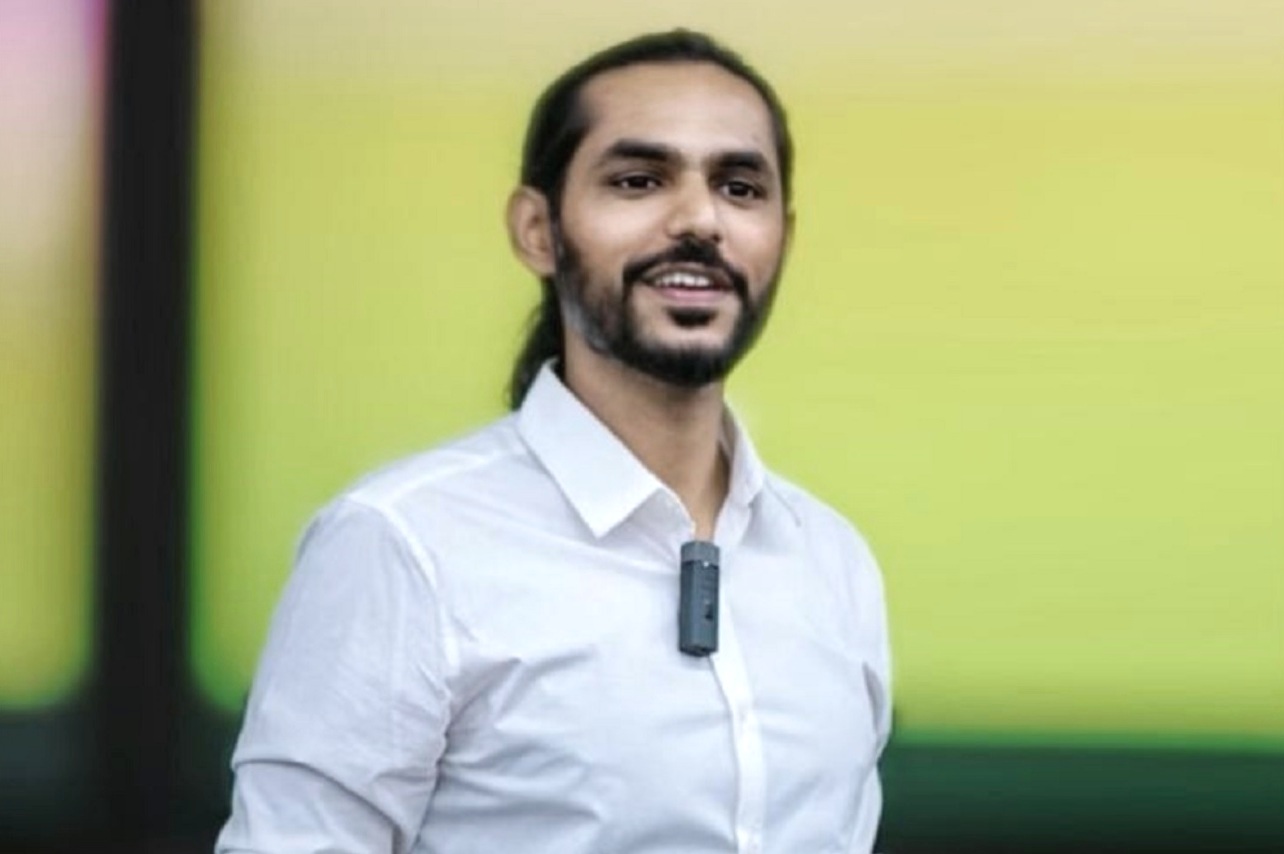
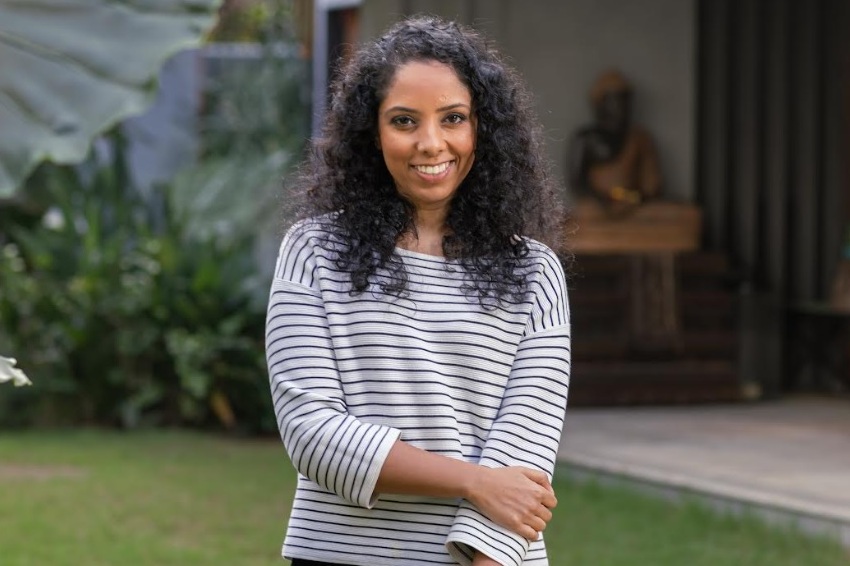
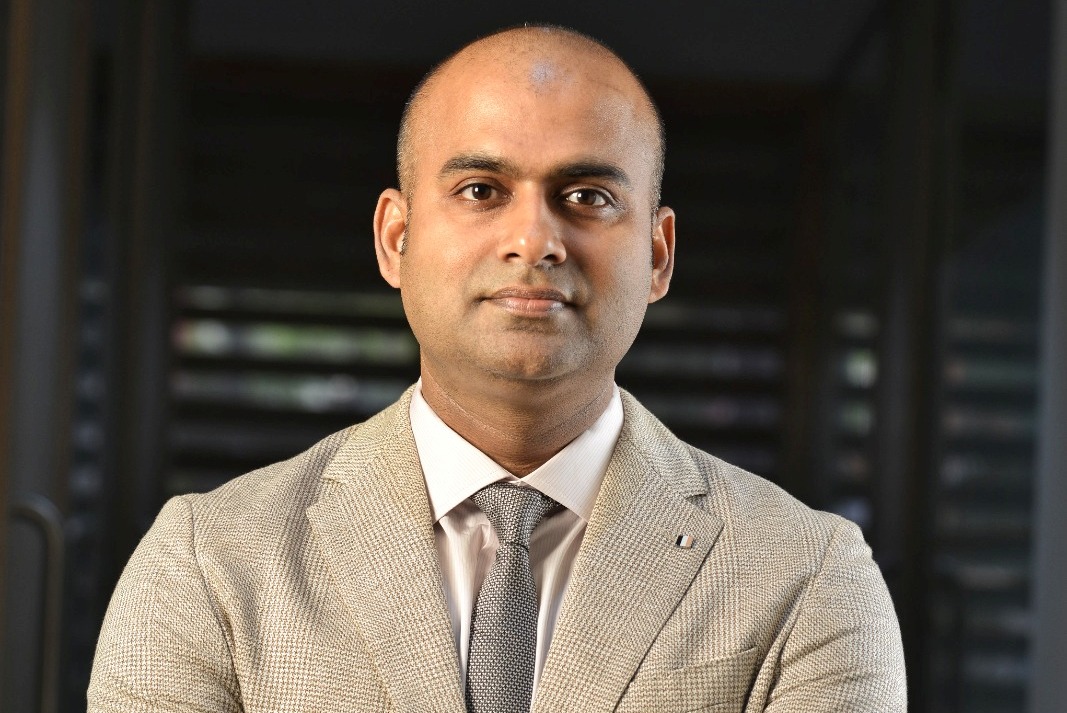
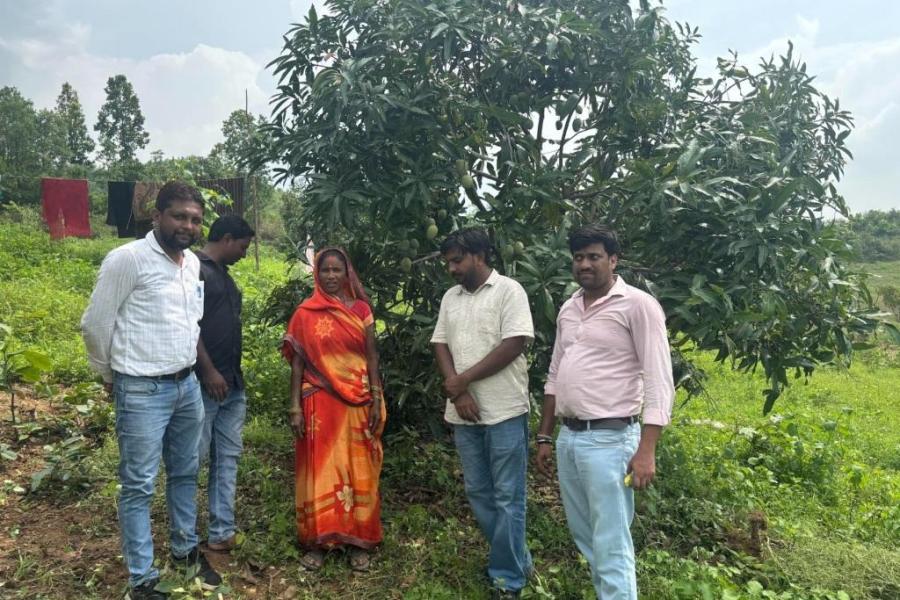

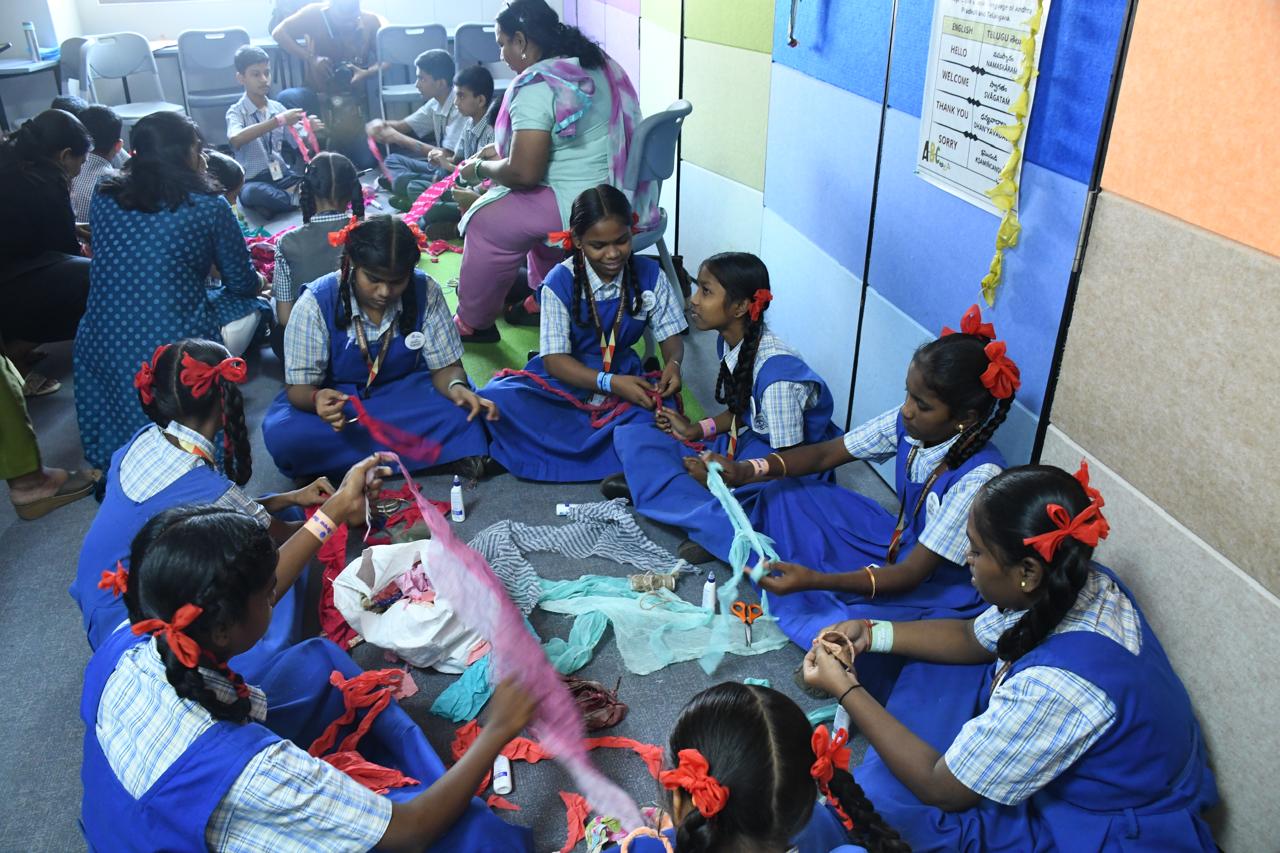
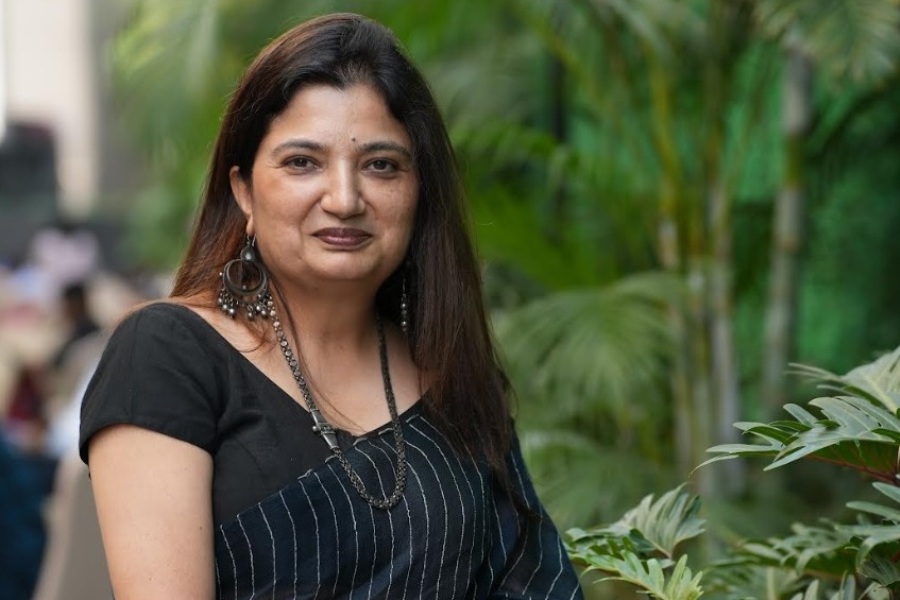
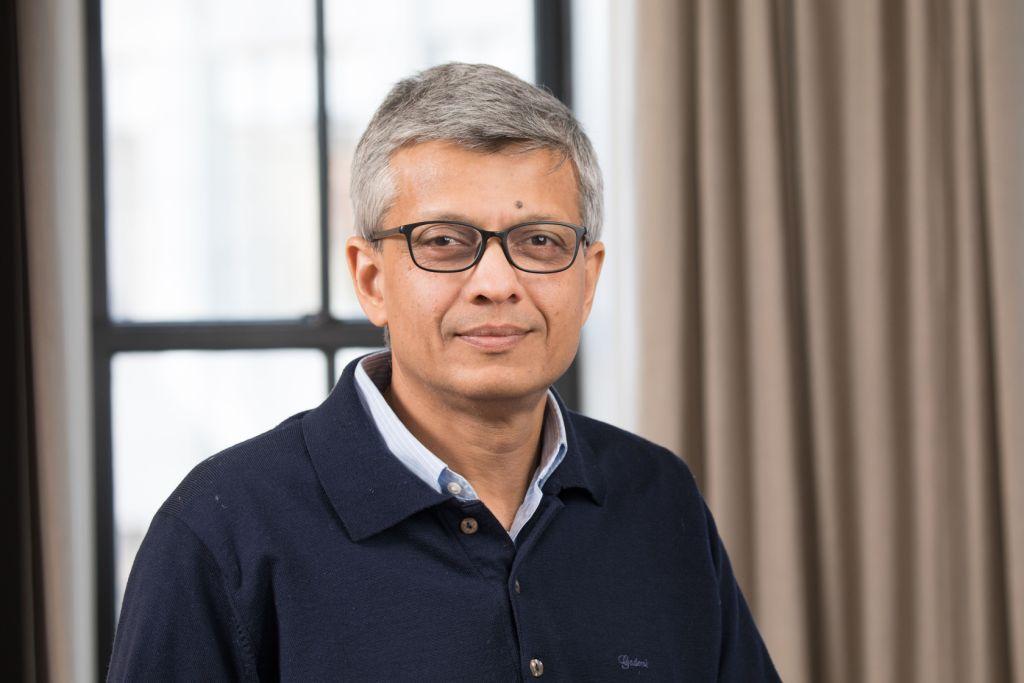
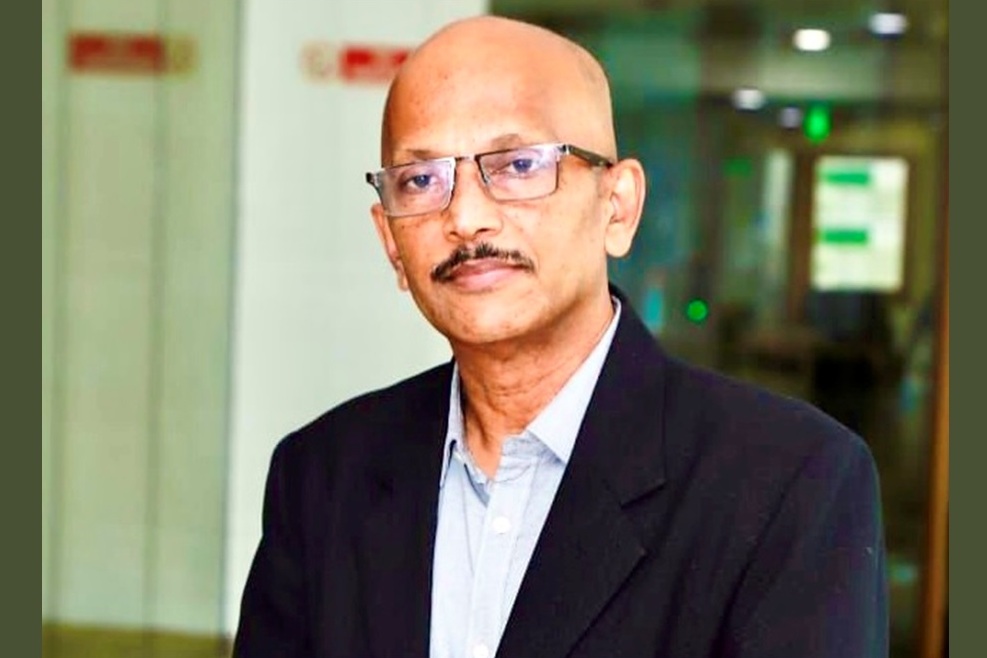



.jpg)




